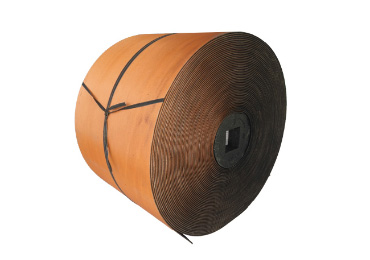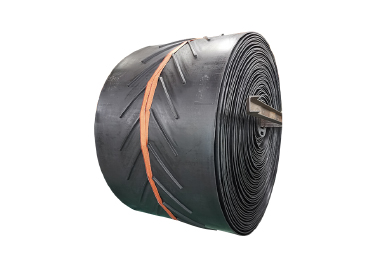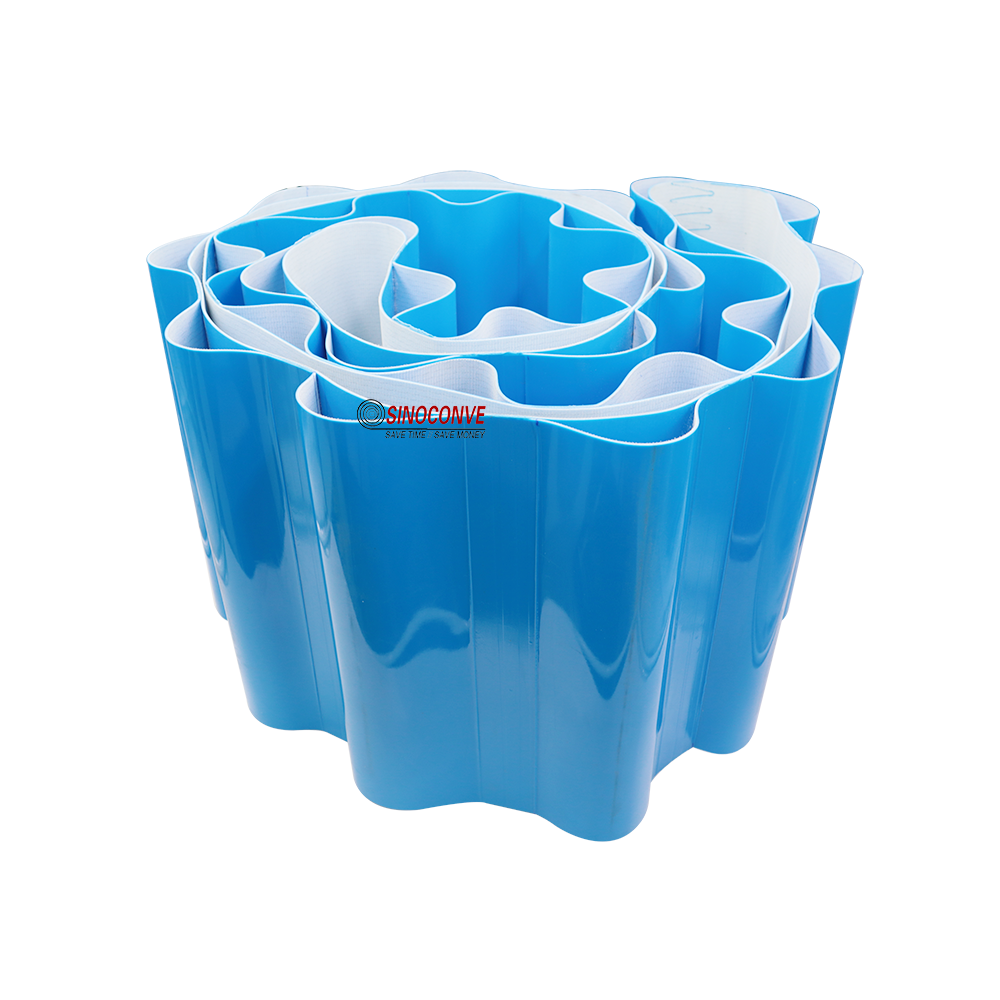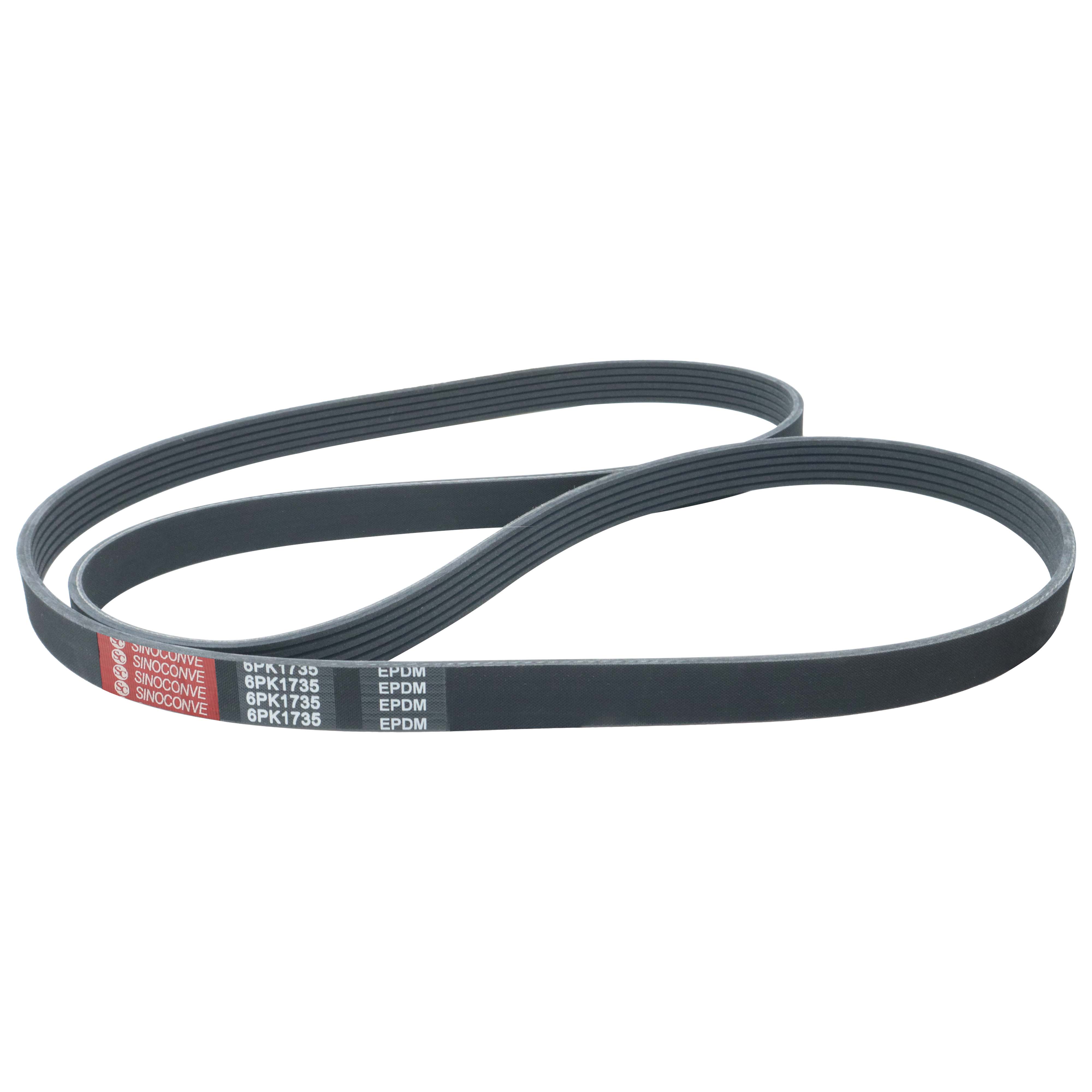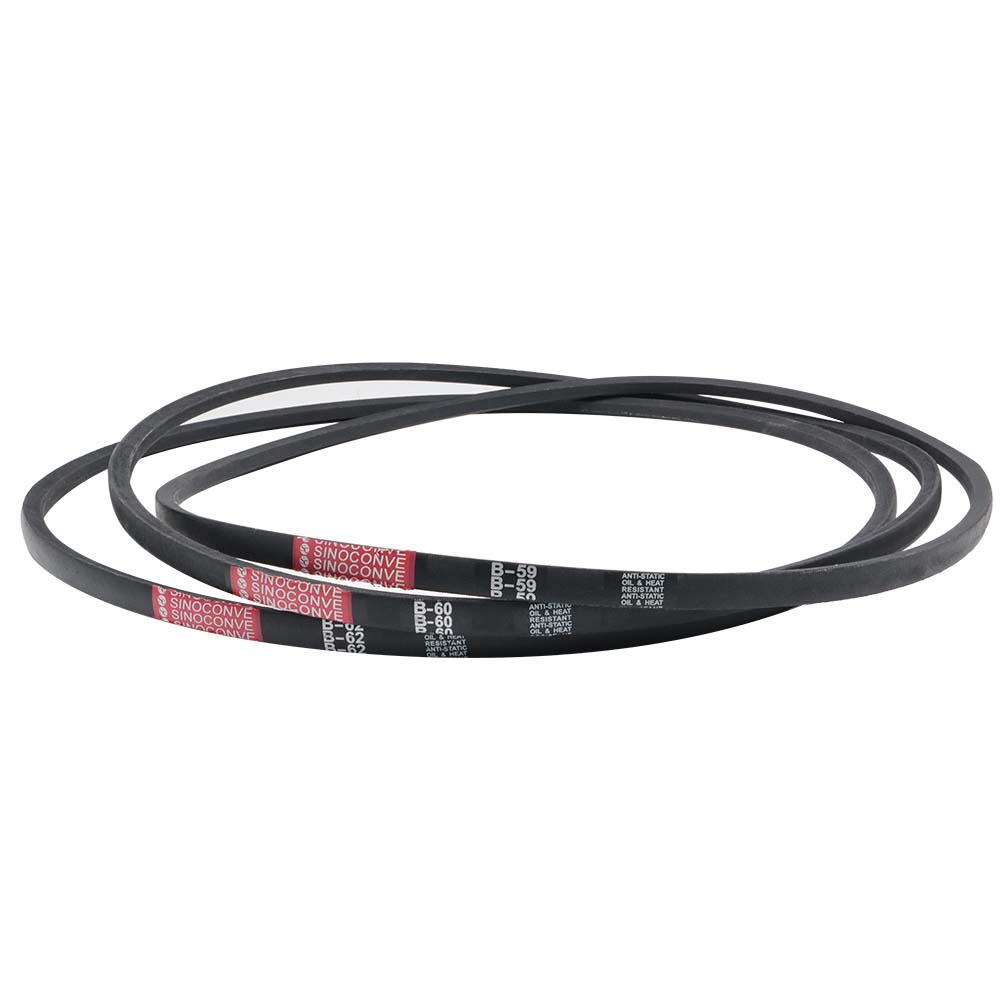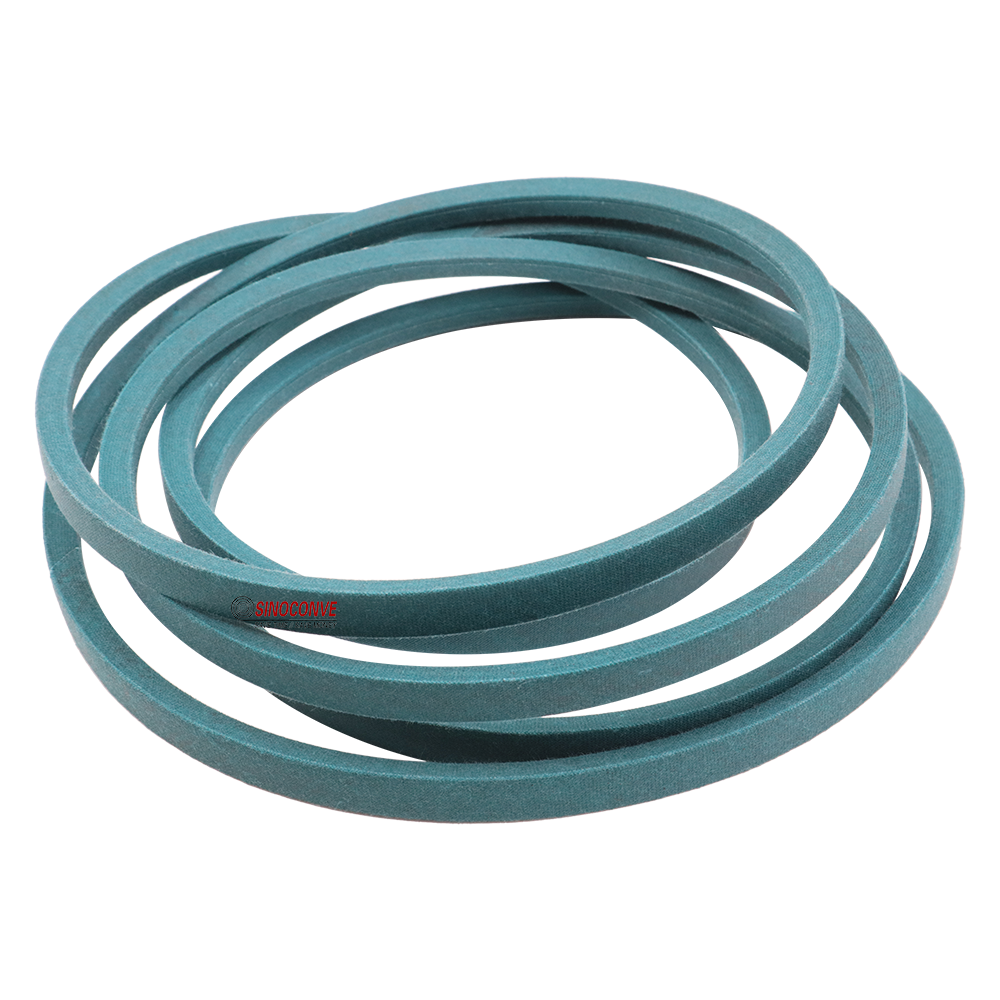Introduction to PU Timing Belt Surface
PU Timing Belt Surface plays a crucial role in modern industrial applications, offering enhanced precision and durability for mechanical systems. This surface treatment on timing belts ensures optimal grip, reduced slippage, and superior performance in high-demand environments. As industries evolve, the need for reliable components like PU Timing Belt Surface becomes evident, particularly in settings where accuracy and efficiency are paramount. Drawing from advancements in precision engineering, these surfaces are designed to integrate seamlessly with systems requiring synchronous drives, much like the innovative Synchro-Power Timing Belts that feature premium materials for longevity and reduced noise.
Understanding PU Timing Belts
PU Timing Belts, a key innovation in mechanical transmission, are constructed from high-quality polyurethane that provides exceptional resistance to wear, chemicals, and temperature fluctuations. These belts are essential for applications demanding precise timing and efficient power transfer, such as in manufacturing machinery and automotive systems. For instance, the black polyurethane timing belt variant exemplifies this with its robust build, ensuring quiet operation and minimal elongation under tension. PU Timing Belts not only enhance system reliability but also contribute to overall energy efficiency by maintaining consistent performance over extended periods. Their design, incorporating advanced materials like aramid fibers in related models, makes them ideal for environments where durability is critical, helping businesses achieve smoother operations and lower maintenance costs.
Applications of PU Timing Belt Surface
PU Timing Belt Surface applications span various sectors, including conveyor systems, robotics, and high-speed machinery, where precise motion control is vital. This surface enhances the belt's interaction with pulleys, preventing slippage and ensuring accurate synchronization, which is particularly beneficial in automated assembly lines. For example, in the vivid green timing belt model, the PU Timing Belt Surface application incorporates thermoplastic polyurethane with tracer wires to combat mechanical fatigue and flex cracking, making it perfect for conveying tasks that require flexibility and strength. PU Timing Belt Surface application also extends to harsh conditions, such as chemical exposure or extreme temperatures, as seen in the bold white aramid timing belt, which maintains its integrity for reliable performance. By adopting these technologies, companies can elevate their industrial processes, reducing downtime and improving productivity, ultimately leading to a more efficient and future-oriented operation.
Benefits and Future Trends in PU Timing Belts
Beyond their core applications, PU Timing Belts and their specialized surfaces offer numerous benefits, including longer lifespan, lower operational noise, and adaptability to custom needs. These belts, such as the Synchro-Power series, are engineered to handle high tensions without deformation, making them suitable for emerging trends in automation and sustainable manufacturing. As industries shift towards greener practices, PU Timing Belt materials are being optimized for energy efficiency, reducing waste and environmental impact. PU Timing Belt Surface, in particular, allows for easier integration into existing systems, providing a cost-effective upgrade path for businesses. Looking ahead, ongoing innovations in material science promise even greater enhancements, ensuring that PU Timing Belts remain at the forefront of mechanical efficiency. This evolution not only supports industrial growth but also aligns with broader goals of precision and reliability in a rapidly changing technological landscape.

